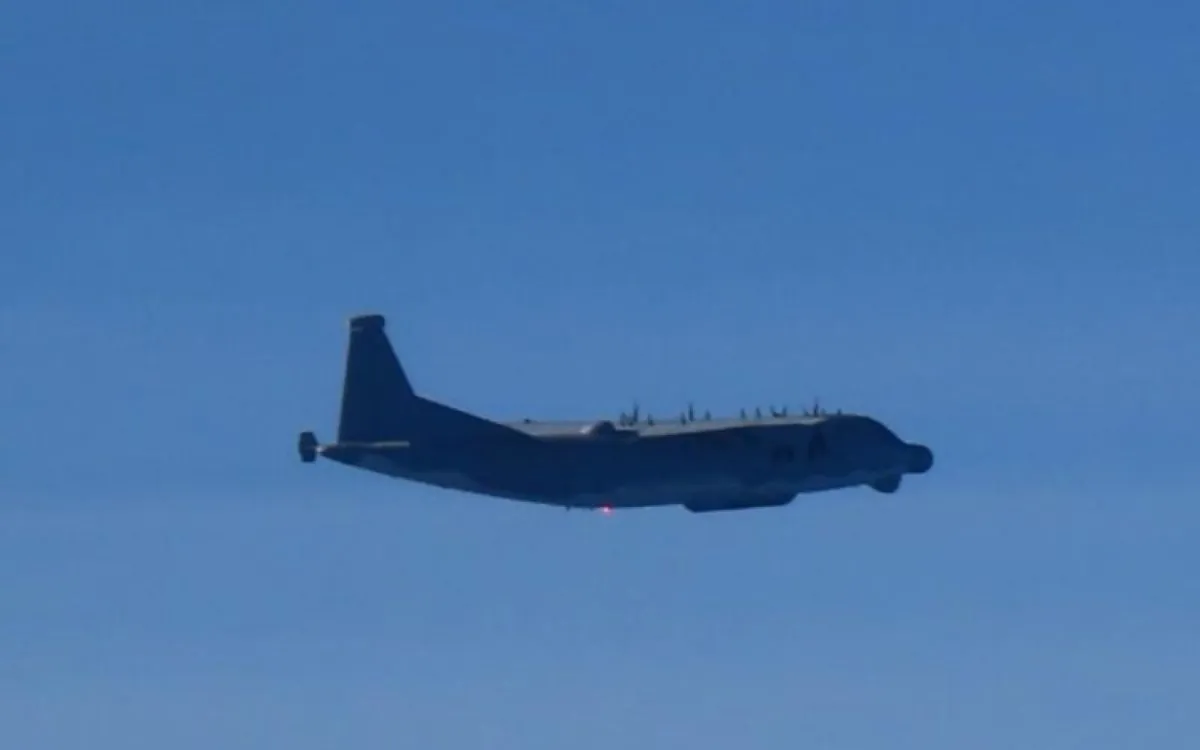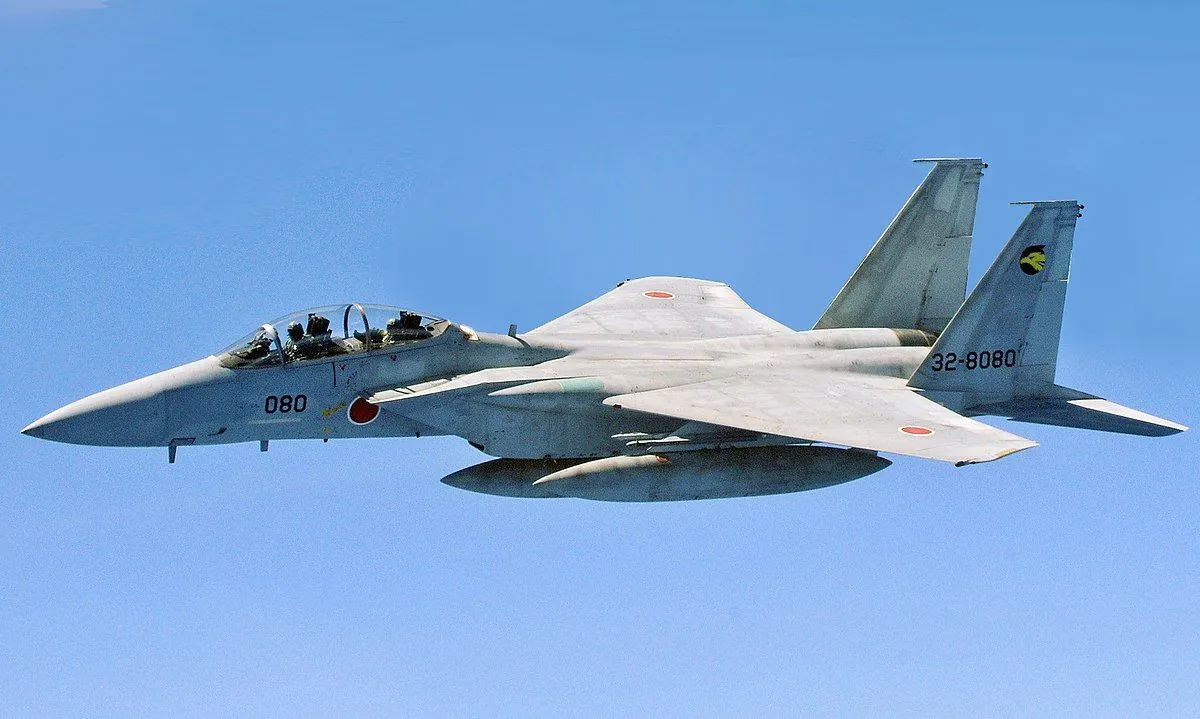Japan Protests Chinese Plane's Airspace Violation, Scrambles Jets
Japan's government lodged a protest with China over an airspace violation by a Chinese reconnaissance aircraft. The incident, which occurred near Danjo Island, prompted Japan to scramble fighter jets in response.

Japan's government has formally protested to China following an airspace violation by a Chinese reconnaissance aircraft. The incident, which occurred on Monday near Danjo Island off the southwestern coast of Kyushu, Japan's main southern island, prompted the Japanese Self-Defense Forces to scramble fighter jets.
According to Japanese officials, a Chinese Y-9 reconnaissance plane entered Japanese airspace for approximately two minutes. The Y-9, a medium-size, medium-range transport aircraft developed by Shaanxi Aircraft Corporation, was observed circling above Danjo Island. In response, Japan's Air Self-Defense Force, which operates various fighter jets including F-15J Eagles and F-2 multirole fighters, scrambled aircraft to intercept and warn the Chinese plane to exit the airspace.

Masataka Okano, Japanese Vice Foreign Minister, summoned Shi Yong, the acting Chinese Ambassador, to lodge a strong protest against the airspace violation. Okano demanded that China take preventive measures to avoid such incidents in the future.
This event highlights the ongoing tensions in the East China Sea region, where Japan, China, and South Korea have overlapping territorial claims. The Senkaku Islands dispute, involving Japan, China, and Taiwan, has been a particular source of contention in recent years.
Japan's defense officials have expressed growing concern over increasing military cooperation between Chinese and Russian air forces, as well as China's assertive activities near Japanese waters and airspace. These concerns have led to significant reinforcement of Japan's southwestern defenses, including remote islands crucial to Japan's regional defense strategy.
The concept of "island chain defense" has become increasingly important in Japan's southwestern defense strategy. This approach aims to enhance the country's ability to protect its remote islands and maintain control over key maritime chokepoints.
Japan's military reported that between April 2023 and March 2024, it scrambled jets approximately 669 times, with about 70% of these incidents involving Chinese military aircraft. However, it's important to note that these figures do not include actual airspace violations.
In recent years, Japan has been increasing its defense budget and capabilities, partly in response to regional tensions. The establishment of an amphibious rapid deployment brigade and the focus on "gray zone" situations demonstrate Japan's evolving defense posture.
While Japan's Constitution, particularly Article 9, limits its military capabilities to self-defense only, the country has been adapting its defense policies to address new security challenges. The Japan-U.S. Security Treaty, signed in 1964, continues to form the basis of Japan's security arrangements and provides a framework for addressing regional security issues.
As tensions persist in the East China Sea, incidents like the recent airspace violation underscore the need for improved communication and conflict prevention mechanisms between regional powers to maintain stability and prevent unintended escalation.


































